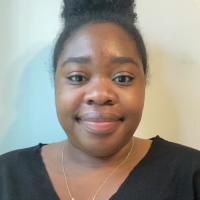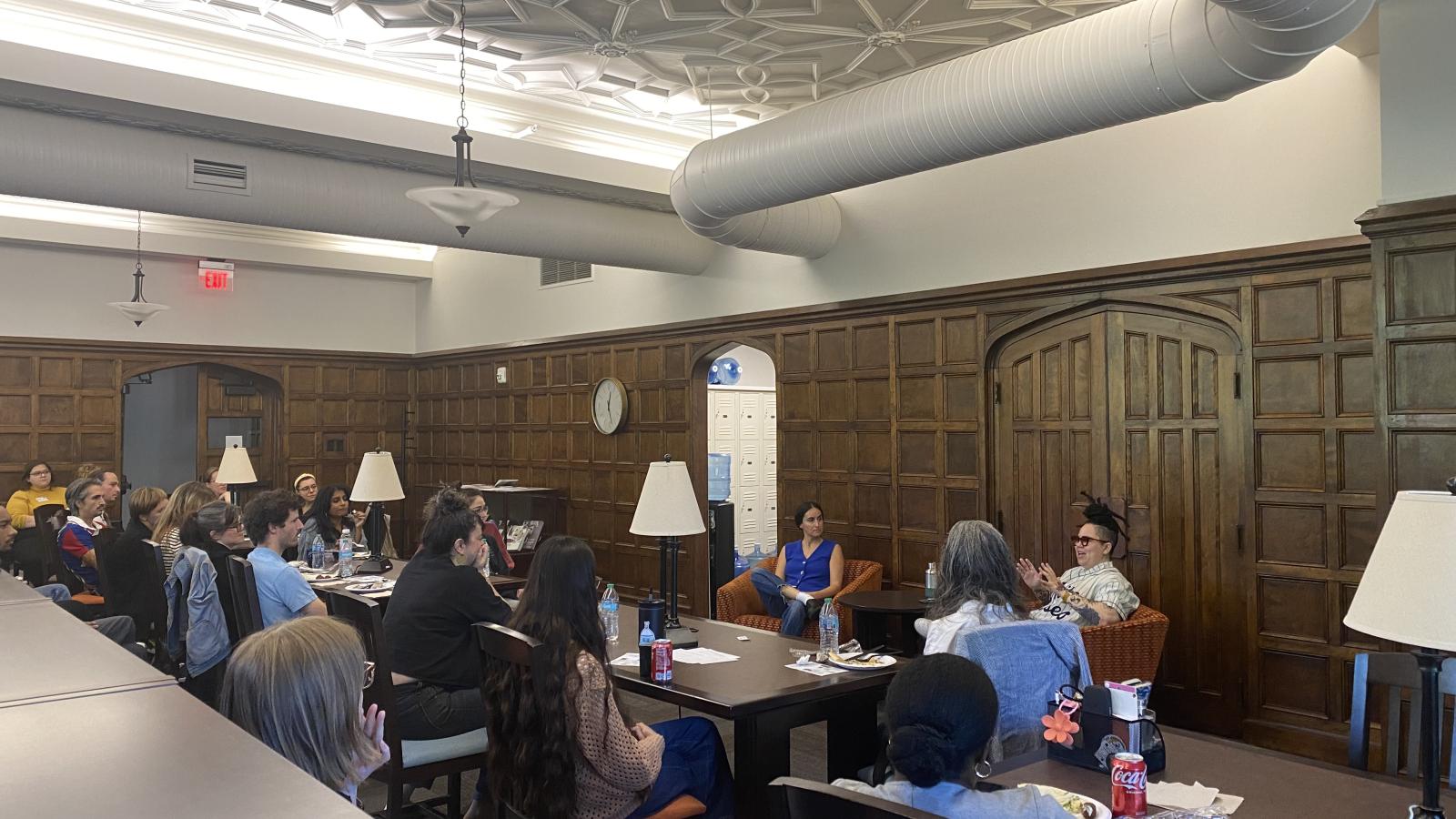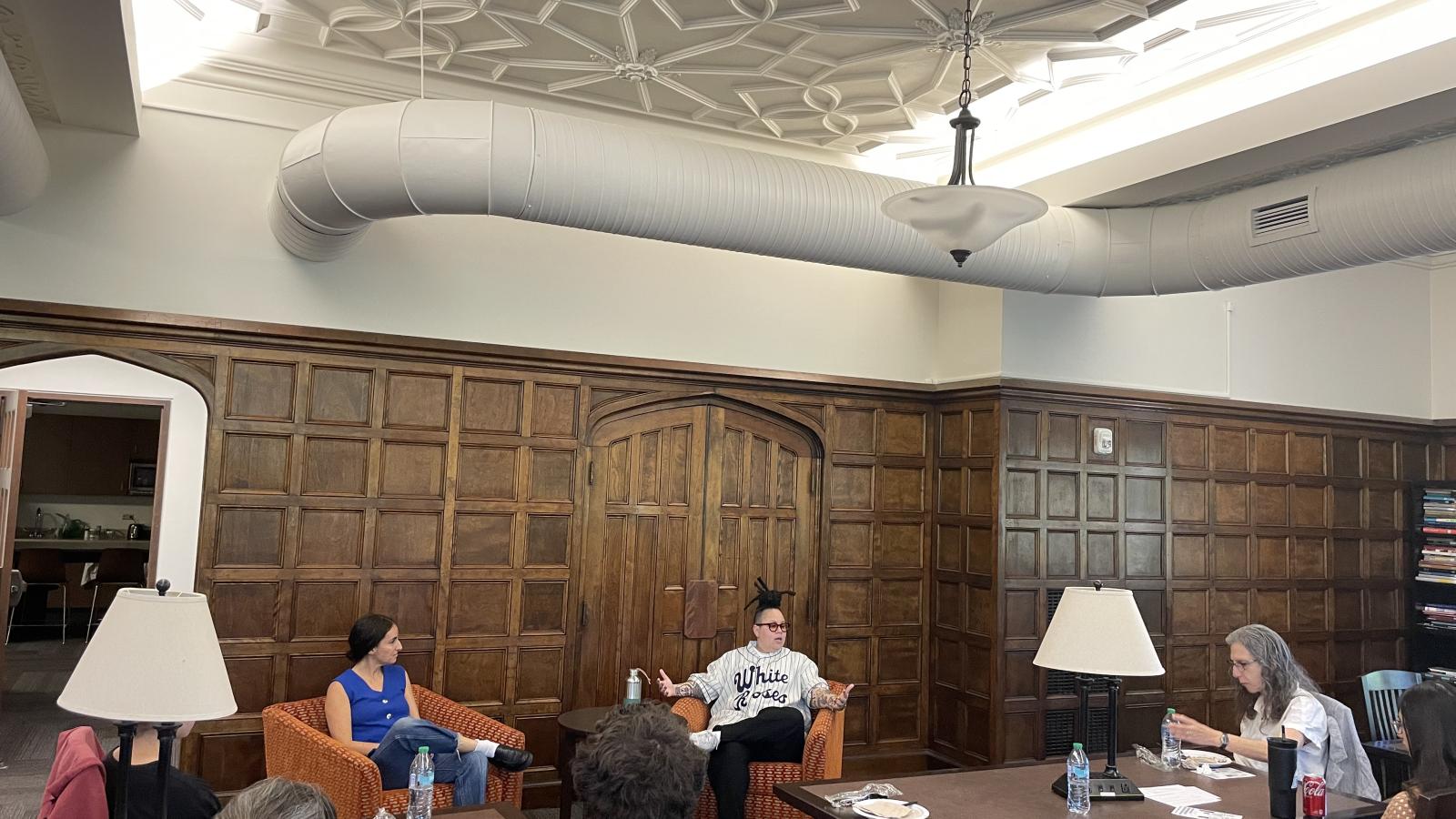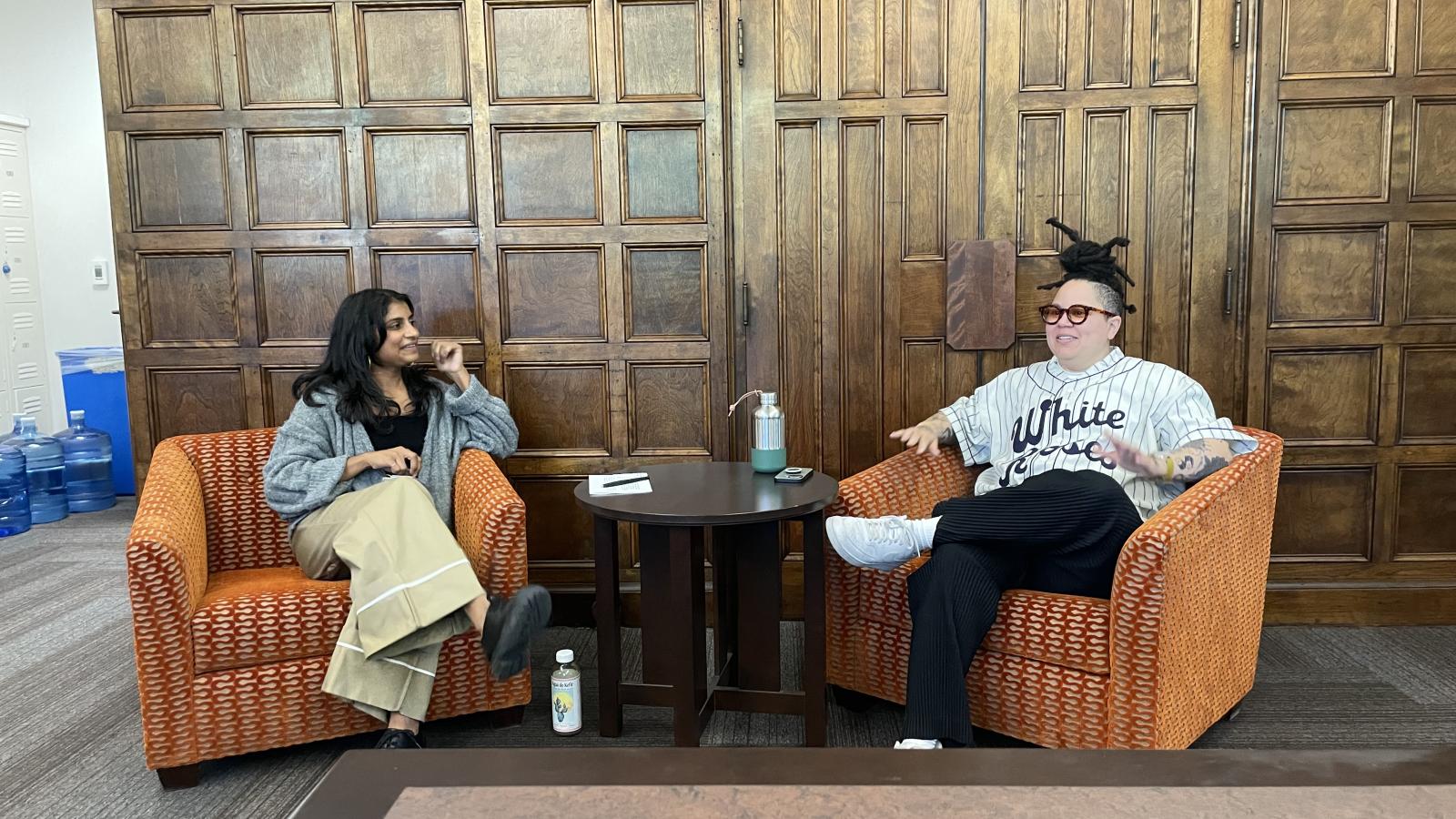Field Notes: Cynthia Hodge- Thorne Reflects on Meg Onli's Visit
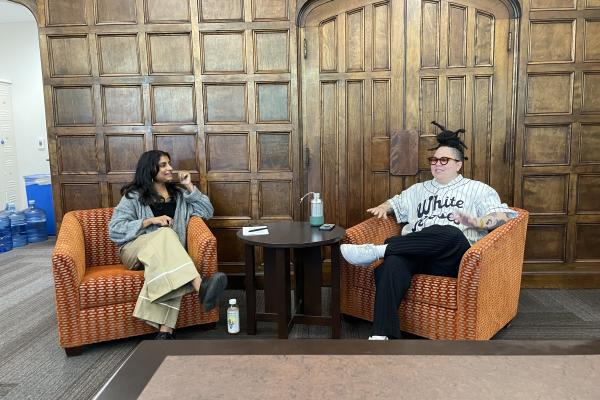
To highlight the department’s engagement with contemporary curatorial practice, we host and co-host events throughout the year that feature well-known curators and practitioners in the field. To document these events and open broader opportunities for engagement, we present “Field Notes,” where graduate contributors offer their reflections on these events. This feature comes from Cynthia Hodge- Thorne. Cynthia Hodge- Thorne is a PhD Student specializing in modern and contemporary African American art. Her research focuses on the intersections of race, gender, and sexuality, paying specific focus on the political and socio-historic influences on African American female artists exploring abstract aesthetics. Cynthia holds a MA in Art History from American University as well as a BA in Art History from Howard University.
Meg Onli, curator-at-large at the Whitney Museum of American Art and co-curator of the 2024 Whitney Biennial “Even Better Than the Real Thing” visited the Ohio State University campus on October 3, 2024. In a lunch-time conversation, our graduate student community had the opportunity to hear about Onli’s curatorial process and experience with OSU professor Carmen Winant, a featured artist in the BiennialOnli and Winant described the significance of cultivating the curator-artist relationship throughout their experience, emphasizing the collaborative effort and engagement that was involved in the exhibition’s success, and highlighting the significance of cultivating relationships with artists in contemporary curatorial practice, advocating for artists and building connection over the course of multiple projects.
Following the lunchtime conversation, Onli continued the discussion on her curatorial practice and the 2024 Whitney Biennial, at the Wexner Center for the Arts. In explaining the curatorial development of “Even Better Than the Real Thing”, Onli emphasized the goal she and co-curator Chrissie Ilse shared for the Biennial was to not focus on harmonizing the voices of the 77 artists involved in the exhibition, but to create a “dissonate chorus” of distinct and disparate voices, allowing the artists to stand on their own. Onli and Iles fostered open and transparent dialogue with each of the artists, from conception of their artwork to installation process. Continuing with the Whitney Biennial’s history of exploring evolving notions of American contemporary art, the 2024 exhibition produced a collective interpretation specifically looking at artificial intelligence innovations that have altered our understanding of truth and history, historic changes to bodily autonomy, and current transphobic legislation. The curatorial focus pointedly examined the cultural landscape of art and institutions, through the inclusion of artists engaging in ideas of the real and artists underrepresented in museum institutions.
Through this discussion Onli identified the role of the curator as being “the mediator between the artist and the public,” respecting the intention and interpretation from both sides, as well as understanding the museum as a critical space of discourse, specifically for artists who have traditionally been excluded from the institution. To a room of scholars looking to join this field, Onli unveiled the realistic pressures and provided guidance for curators working to continually push dialogue on American art.

